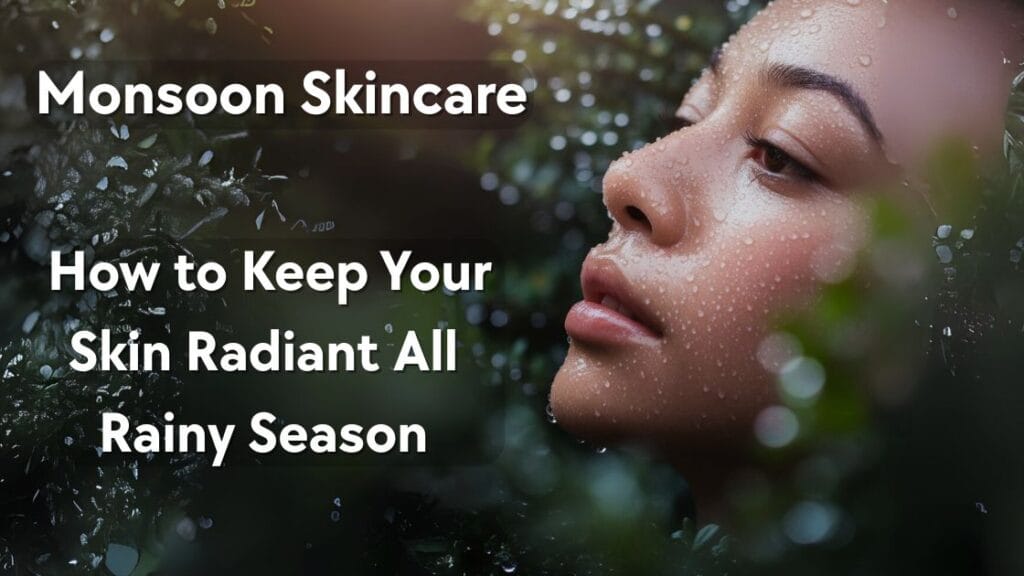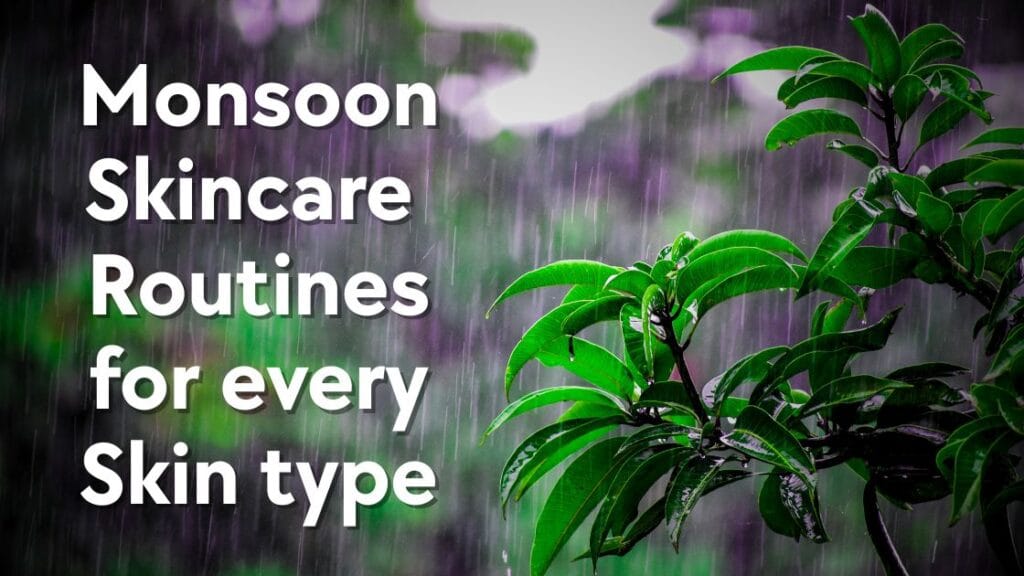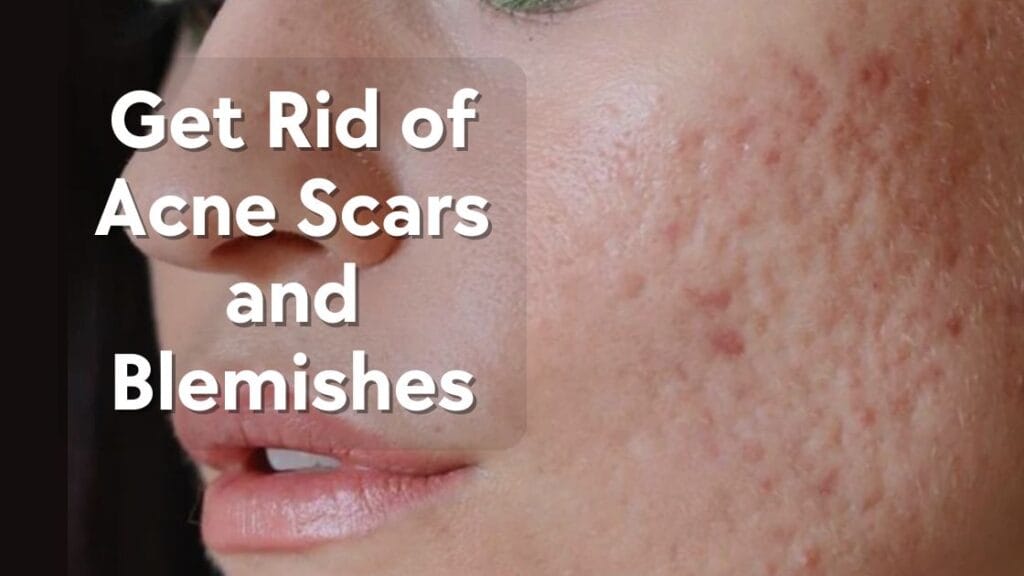Winter is beautiful crisp air, cosy layers, and hot chai. But for your skin? It can feel tight, cracked, flaky… like you’re battling the elements every morning. I’ve been there. I remember one January, waking up to what looked like a snow map on my cheeks: dry patches, dullness, and that “I need 5 layers of moisturizer” feeling.
Why Winter Feels Brutal to Your Skin
Before we jump to routines, understanding the why helps you be gentler with your expectations (and less frustrated).
The winter skin challenge: a harsh combo
- Low humidity, indoor heating, and cold winds. These factors suck moisture from your skin and increase transepidermal water loss (TEWL). In fact, a 2023 study found that exposure to winter indoor environments measurably altered skin hydration and barrier properties even in healthy skin.
- Disrupted barrier function. Skin’s outermost layer (stratum corneum) becomes more fragile. In colder months, corneocyte turnover, dryness, and mild subclinical inflammation have been documented in seasonal transition studies.
- Hot showers, harsh cleansers. Ironically, trying to “fix” a cold with hot water can strip your skin of its natural oils. A dermatology guide advises taking shorter, lukewarm showers to preserve skin oils.
- Less internal hydration effect. Many myths say “just drink more water,” but while internal hydration matters, it’s not enough alone. External barriers and the humidity context matter more.
All that means: your skin needs support, gentler routines, better products, and more protective steps.
Core Principles for Winter Skincare
These are the pillars to keep in mind. Each routine tweak you make should align with them.
Mind your environment & habits
Using a humidifier, reducing indoor heat, limiting hot water exposure, and using gentle fabrics all support hydration.
Protect the barrier. Use ingredients like ceramides, fatty acids, cholesterol, and squalane, which help reinforce the skin’s defence.
Lock in moisture, don’t just add water
Humectants (like hyaluronic acid, glycerin) draw water in; occlusives/more “rich” creams help seal it. A balanced combo is ideal.
Adjust gently, don’t overdo
Swipe out harsh actives (strong acids, high retinoids) in favour of more soothing versions in winter.
Layer thoughtfully
Start with light (serums), then add richer creams, and finish with protective barrier steps (like oils or occlusives) if needed.
Winter Routine: What to Do, Step by Step
Here’s a recommended routine. Adapt per skin type (dry, combo, sensitive). I’ll also share what I experimented with over a cold winter.
Morning Routine
- Cleanse (gentle)
- Use a hydrating, non-foaming cleanser (or one with very mild surfactants). Swap out gel cleansers you used in summer. In winter, gentleness is a priority.
- Hydrating serum
- Something with hyaluronic acid or glycerin can help draw water into the skin. But crucially, follow up quickly with a moisturiser.
- Moisturiser/cream
- Use a richer cream (vs a lightweight lotion). Pick one with barrier-supporting lipids or ceramides. In winter, many folks switch to thicker formulas.
- Protective / layering / occlusive (optional)
- For extra dryness days, you might use a lightweight facial oil or a thin occlusive layer (like squalane). Be careful, too heavy can clog on some skin types.
- Sunscreen
- Yes, even in winter. UV rays still reach the skin, and snow can reflect light. Use a broad-spectrum SPF.
Evening / Night Routine
- Remove makeup/sunscreen
- Use a gentle oil-based cleanser or micellar water to remove barriers before further cleansing.
- Cleanse (again, gently)
- Use the same cleanser or a slightly more hydrating one if your skin feels dry.
- Treatment actives (sparingly)
- If you use retinoids, acids, or vitamin C, consider reducing frequency or concentration in winter. Many dermatologists advise dialling back harsh activities in cold seasons.
- Hydrating / repair serums
- Peptides, niacinamide, or ceramide serums work well at night.
- Rich moisturiser/barrier cream
- Use your thickest, most nourishing cream here. You may also ‘slug’ (a thin layer of occlusive, like petrolatum) over extremely dry spots.
- Optional: overnight mask/sleeping mask
- Use a hydrating overnight mask 2–3 times per week to supplement. Many skin routines include this in winter.
Additional Tips & Lifestyle Moves
These “support pillars” can make a big difference cumulatively.
Use a humidifier indoors.
Dry indoor heat is a major culprit. A humidifier can keep the relative humidity at a more skin-friendly level.
Limit shower/bath time + water temperature
Keep showers short (5–10 minutes), at lukewarm, not hot temperatures. Prolonged hot water exposure stripped my skin in January; it took days of barrier repair to feel “normal” again.
Pat, don’t rub
After washing, gently pat skin dry, leaving a bit of dampness so your moisturiser can lock it in.
Layer clothes with skin in mind
Avoid scratchy fabrics (rough wool) directly on skin. Use soft layers and breathable fabrics.
Stay hydrated (but don’t expect a miracle)
Drinking water helps your whole body, but it won’t overcome a damaged barrier or dry air alone.
Eat smart fats, antioxidants
Omega-3-rich foods, vitamin E, and good oils help systemically support your skin barrier. Natural remedies and diet tips are also used in naturopathic winter skin approaches.
Don’t skip sunscreen.
This repeats because it’s so often forgotten in cold months. UV from the sun or reflection can still harm skin.
Common Misconceptions (Myth vs Reality)
It’s easy to fall prey to advice like “slather heavy cream” or “drinking tons of water is enough.” Here are a few myths debunked with evidence.
| Myth | Reality / Evidence |
|---|---|
| Just drinking more water solves dry skin | Hydration is systemic, but skin hydration depends heavily on the external environment and barrier integrity. Many dermatologists caution against relying on water intake alone. |
| You can’t use activities in winter | Heavy cream is always better than lighter formulations |
| Hot showers feel good → better for skin | Hot water actually strips oils and worsens dryness. Lukewarm is safer. |
| You can’t use actives in winter | You can, but at reduced frequency or lower concentrations. Use when skin tolerates it. |
| Moisturizer = cure-all | It helps, but barrier repair, environment, and habits all matter. |
| You don’t need SPF in winter | False. UV still affects skin; snow can reflect rays. |
Personal Anecdote / Real-Life Experience
Let me share how I adapted my skincare one winter and what worked (and what backfired).
In one year, December through February, I switched from my usual light gel moisturiser to a richer cream + occlusive finish. At first, my skin loved it: less tightness, fewer flakes. But I got a bit carried away. Mid-January, I introduced a potent acid exfoliant (that I used unconsciously). The barrier cracked. I ended up with burning patches on my cheeks for days.
I paused all actives, reverted to a minimal hydrating routine (cleanser, ceramide cream, light occlusive), and used a humidifier + softer indoor heat. After a full week, I saw recovery. Lesson: richer moisturisers help, but pushing harsh actives in winter can undo gains. The season demands patience, gentler tweaks, and listening to your skin.
Another winter, I tracked “skin dryness vs indoor humidity vs moisturiser type.” I realised that on days when indoor humidity dipped <30%, even my richer creams struggled — that’s when the humidifier really paid off. On those nights, I’d ‘slug’ the driest patches with petrolatum. It made a difference.
FAQs (People Also Ask)
Here are common questions people search for around winter skincare with evidence-based answers.
1. How can I hydrate my skin in winter?
Use a layered approach: humectants (like hyaluronic acid), then richer moisturisers + occlusives to seal in moisture. Also, support from the environment (humidifier) and gentler routines.
2. Can I still use retinol or acids in winter?
Yes, but reduce frequency or concentration. Many dermatologists recommend dialling them back in colder months.
3. Do I really need sunscreen in winter?
Yes, UV rays still reach you, and snow reflection can amplify exposure. Broad-spectrum SPF is still essential.
4. Why does my skin feel tighter in winter, even when I moisturise more? Because environmental factors (low humidity, heating) and barrier damage can overwhelm moderate moisturization. You may need richer barrier support and adjustments.
5. How often should I exfoliate in winter?
Once a week or even less, depending on your skin sensitivity. Over-exfoliation can worsen dryness and barrier disruption.
6. Is using a humidifier really helpful?
Yes, it raises indoor humidity, reducing how aggressively dry air sucks water from your skin. Many dermatology sources endorse it.
7. What moisturiser ingredients are best for winter?
Look for ceramides, fatty acids, cholesterol, squalane, panthenol, niacinamide, shea butter, and occlusives like petrolatum (sparingly).
8. Should I change my cleanser for winter?
Yes. Swap to gentler, non-soap formulations (cream, milky, or hydrating cleansers) to avoid stripping.
9. Why does winter make my lips, hands crack more?
Those areas often lack oil glands or get more exposure. Use rich balms, barrier creams, and gloves, and protect them especially.
10. What’s the best time to apply moisturiser? Immediately after you cleanse (while skin is still damp, it’s ideal to have that “window” that helps trap moisture before it evaporates.
Mistakes to Avoid / Pitfalls
- Using harsh cleansers/foaming gels
- Expecting classic summer activities to work without adjustment
- Relying solely on “more” moisturiser instead of barrier support
- Ignoring environmental fixes (humidifier, heat settings)
- Over exfoliating
- Skipping SPF, thinking “it’s cold anyway”
Final Thoughts & Wrap Up
Winter skincare isn’t about piling on dozens of creams or wiping your routine clean. It’s about gentle adaptation, protection, and thoughtful layering. Treat your skin as a partner, not a project you “fix” with force.
If you start small, switching your cleanser, increasing barrier support, and using a humidifier, you’ll likely notice smoother, more comfortable skin within weeks. Then, as seasons change, you can recalibrate.
TL;DR Summary Box
TL;DR:
In winter, your skin loses moisture more easily due to cold, dry air and indoor heating. To hydrate and protect, use a gentle cleanser, hydrating serums, richer moisturisers, and occlusives when needed. Adjust activities, apply sunscreen year round, limit hot showers, and support with environmental tools (humidifier, layering). Be consistent, gentle, and patient.





